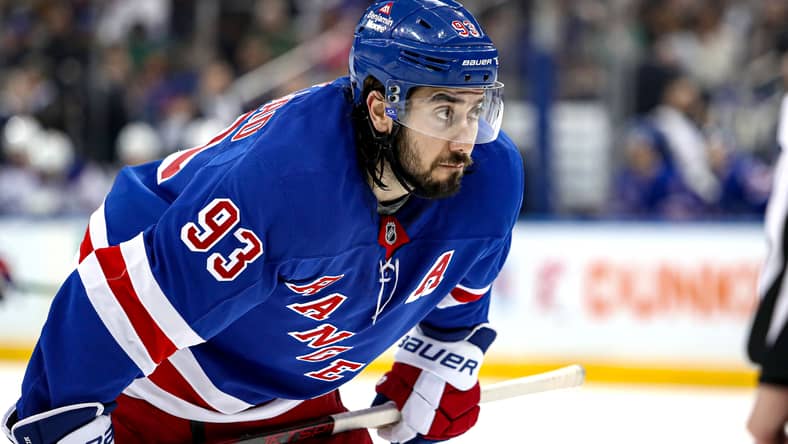
Though many New York Rangers fans might not buy it, the Mika Zibanejad they remember from two seasons ago is still out there. He’s just a little far away at the moment.
That’s both a figurative and literal statement. Not only does Zibanejad seem far removed from the dynamic scorer who averaged better than a point per game from 2019-23, he’s actually not nearby from a geographic standpoint. The forward is in Europe, playing for his native country and tournament host Sweden in the World Championships.
Yet that version of Zibanejad appears to be the same one that participated in the Four Nations Faceoff in February; and that should have the Rangers encouraged over the possibility that the 32-year-old has something left in the tank. With a highly-respected new coach known for getting the most out of accomplished veteran players now behind the Rangers bench, it’s possible that Zibanejad’s 15th NHL season might prove to be a clean slate and a fresh start for him on the way back to star status.
Mika Zibanejad has looked like his old self at Four Nations, World Championships
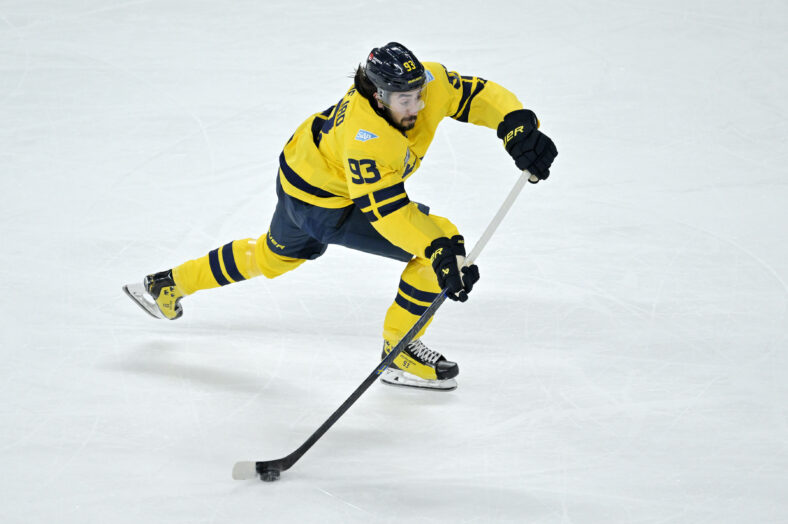
Zibanejad endured what was likely the worst season of his career in 2024-25, recording 62 points – marking a second straight season of offensive decline after he piled up a career-high 91 in 2022-23. His overall game also deteriorated, as he went from an outstanding two-way player that was a plus-70 from 2021-24 to one that finished minus-22 last season – just shy of his career-worst minus-23 mark in 2017-18.
The eye test backed that up, as Zibanejad frequently struggled with defensive responsibilities as opponents often feasted offensively when he was on the ice. The Rangers were outscored 5v5 with Zibanejad on the ice 52-43 and they’re expected goals share was 48.67 percent, per Natural Stat Trick.
Zibanejad played so poorly that now-former coach Peter Laviolette moved him out of the middle and occasionally out of the top-six forward group, before he found a somewhat successful home at right wing on center J.T. Miller’s line. Still, Zibanejad mostly looked like a shell of the all-around force he used to be.
The “old” Zibanejad, though, made an appearance for Tre Kronor in the inaugural Four Nations event. He looked quick and highly engaged in two games, scoring a goal when centering Sweden’s top line before missing the contest due to an illness.
Three months later, that guy has shown up again in an international competition. Zibanejad has four goals in six games — yes, one was an own goal by Latvia — to help power undefeated Sweden to the top of Group A at the Worlds, performing every bit like the No. 1 center he once was for the Rangers.
https://x.com/IIHFHockey/status/1921232687588585551
Apparently, the skills are still there, which, to be fair, he did show down the stretch when he had 11 points (four goals, seven assists) in the final six games of the Rangers season.
Skeptics – and there are deservedly plenty at this point after such a rough 2024-25 – would ask why Zibanejad is so invested and effective now, and wasn’t for so much of the NHL season.
That question is a fair one. To cite the Rangers’ drama-filled season that included significant tensions with the front office over personnel moves and what seemed like obvious rebellion against Laviolette isn’t an excuse for Zibanejad’s lackluster play – which was hardly limited to him on the Blueshirts roster. Yet, he was the tone-setter, the one who’s malaise hung like a dark cloud over the Rangers last season.
There’s no question, though, that the built-up acrimony played a role. Zibanejad confirmed it when he complained about how management handled personnel moves and “communication” issues at breakup day. Reminding everyone in a separate interview that he has a no-move clause that he “earned” and has no plans to leave didn’t help his standing with general manager Chris Drury and owner James Dolan.
You think the public display of extending Drury shortly after Zibanejad spoke out wasn’t a sign by the owner that it’s time for Zibanejad get in line and do what he’s paid handsomely to do — and that’s perform on the ice?
Even Zibanejad’s biggest detractors, though, are probably going to have to grit their teeth and accept that he’s not going anywhere. With five seasons remaining on a contract that carries an $8.5 million salary-cap hit and is essentially buyout-proof – along with the aforementioned no-move – Drury would have to perform some serious magic to trade Zibanejad.
For his part, however, Zibanejad will have to accept that there’s a new sheriff in town – one that, unlike his recent predecessors, almost certainly won’t be departing after two seasons this time. Mike Sullivan is Drury’s coaching white whale of sorts, now finally in the fold, in lockstep with his GM and expected to be here for the long haul after a 10-year run with the Pittsburgh Penguins.
Plenty can be made of the turnover behind the bench during Drury’s tenure, with the GM having hired his third coach in five years. Laviolette and Gerard Gallant, Drury’s first hire, each lasted two seasons, both done in in part by losing the locker room, whether that was fully their fault or not.
The difference this time? While Gallant and Laviolette were both accomplished – Gallant guided the Vegas Golden Knights to the 2018 Stanley Cup Final and captured the Jack Adams Award that season, while Laviolette won the Stanley Cup with the Carolina Hurricanes in 2006 and is one of the winningest coaches in league history – neither was Drury’s top choice to lead the Rangers.
Sullivan is exactly that, and the two-time Cup winner with the Penguins probably has as good a chance as anyone to heal the divisions and end the drama in the room and get Zibanejad – and others – back on track.
Mike Sullivan’s role to bring best out of Mika Zibanejad with Rangers
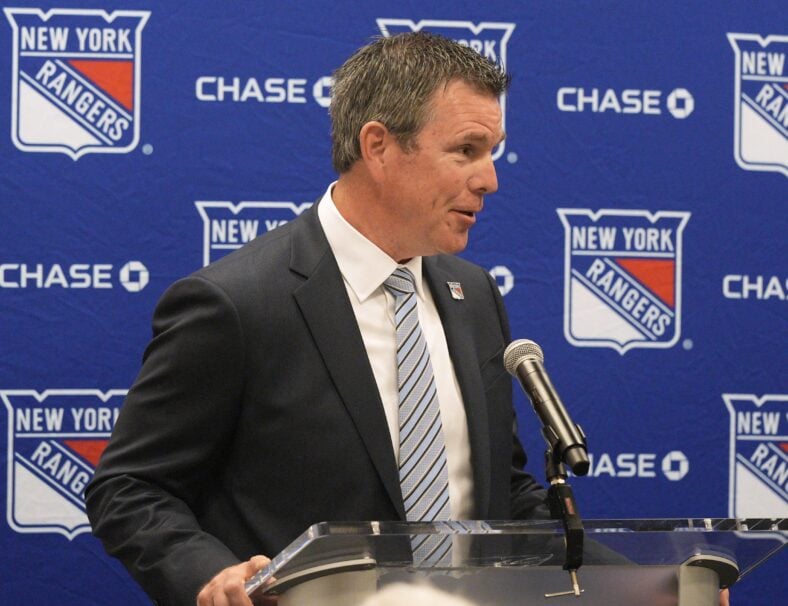
Sullivan faced a similar situation in Pittsburgh in December 2015, taking over an underachieving and drifting club that had just fired coach Mike Johnston.
The team was “kind of a mess,” according to then-Penguin Matt Cullen.
“When you’re walking into a room with Sidney Crosby and [Evgeni] Malkin and [Kris] Letang and [Marc-Andre] Fleury, it’s a long list of guys who have some big reputations,” Cullen said. “He was super direct, and it didn’t matter if you were Sid or a guy on the fourth line, the expectations were super clear. It was something guys really responded to.”
Sullivan’s honest, one-size-fits-all approach proved to be perfect. The Penguins righted the ship and went on to win the Stanley Cup that season, and the next one as well.
Now, the Rangers’ roster doesn’t contain four future Hall of Famers, so expecting a Stanley Cup run next season might be wholly unrealistic – especially from a group that showed so little investment in 2024-25. What Zibanejad and others should have realized upon Sullivan’s hiring is that he isn’t going anywhere. Having reportedly made the 57-year-old the highest-paid coach in NHL history at $6.5 million per year for five years, ownership made it clear that it’s committed to leadership behind the bench – and not for two seasons this time.
The question of whether the Rangers core veterans have effectively fired the last three coaches – Gallant’s predecessor David Quinn being the other – isn’t worth relitigating anymore. What matters now is whether Sullivan, armed with job security and an effective level of authority that Quinn, Gallant and Laviolette didn’t possess – can get the current iteration of Zibanejad to return from his home country for training camp.
“It’s probably not unlike what he walked into in Pittsburgh,” Cullen said of Sullivan’s hiring in New York. “A team that’s awfully close to being really good, high expectations – it’s a perfect scenario for him to come into. I can’t think of a better coach and person to come in and lead the ship.”
A key decision Sullivan faces in the attempted resurrection of Zibanejad’s game is how to use him. Under Gallant and especially Laviolette, Zibanejad became a matchup center, expected to shut down opposing top pivots, especially in the playoffs.
He was good in that role, but Zibanejad’s offense – and eventually, his all-around play and confidence – declined in tandem. Getting him back to the quick, freewheeling player who consistently attacked the net and exhibited a positive arrogance might end up having a lot to do with how Sullivan views Zibanejad’s role.
Whether his days at center are over remains to be seen. Perhaps, he’ll be back on the wing riding shotgun with Miller.
Zibanejad’s chances of turning back the clock under Sullivan will be among the most critical Rangers variable next season. If Zibanejad just required a reset and the 75- to 80-point player that once excelled in all three zones re-emerges, the Rangers will be a much different team than the one that crashed from the Presidents Trophy to missing the Stanley Cup Playoffs in 2024-25.
Sullivan knew he’d be tasked with this significant undertaking when he accepted the job. It’s also up to Zibanejad to be on board with what the new coach is selling – and to buy into a partnership with Sullivan. After all, it’s highly unlikely that either person will be departing anytime soon.
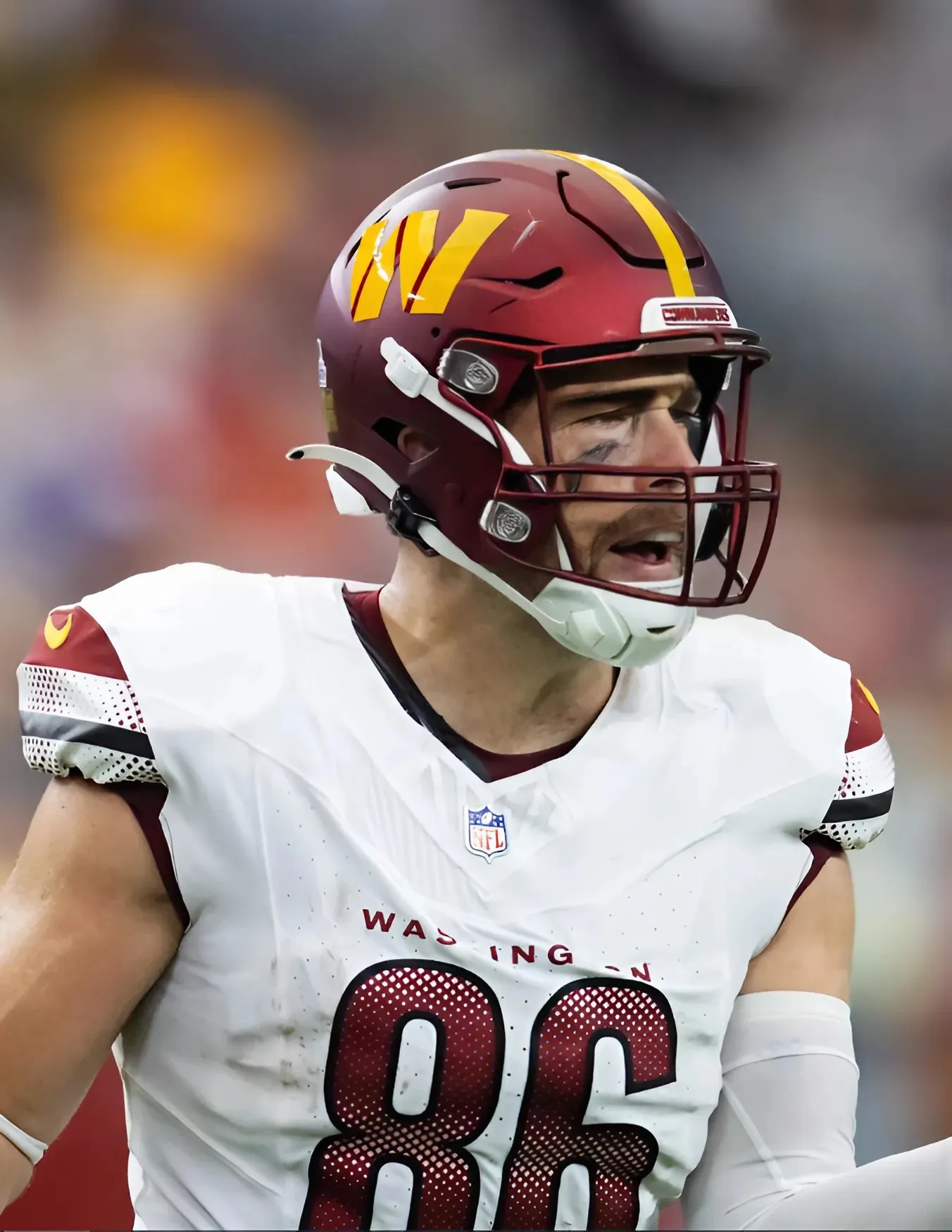
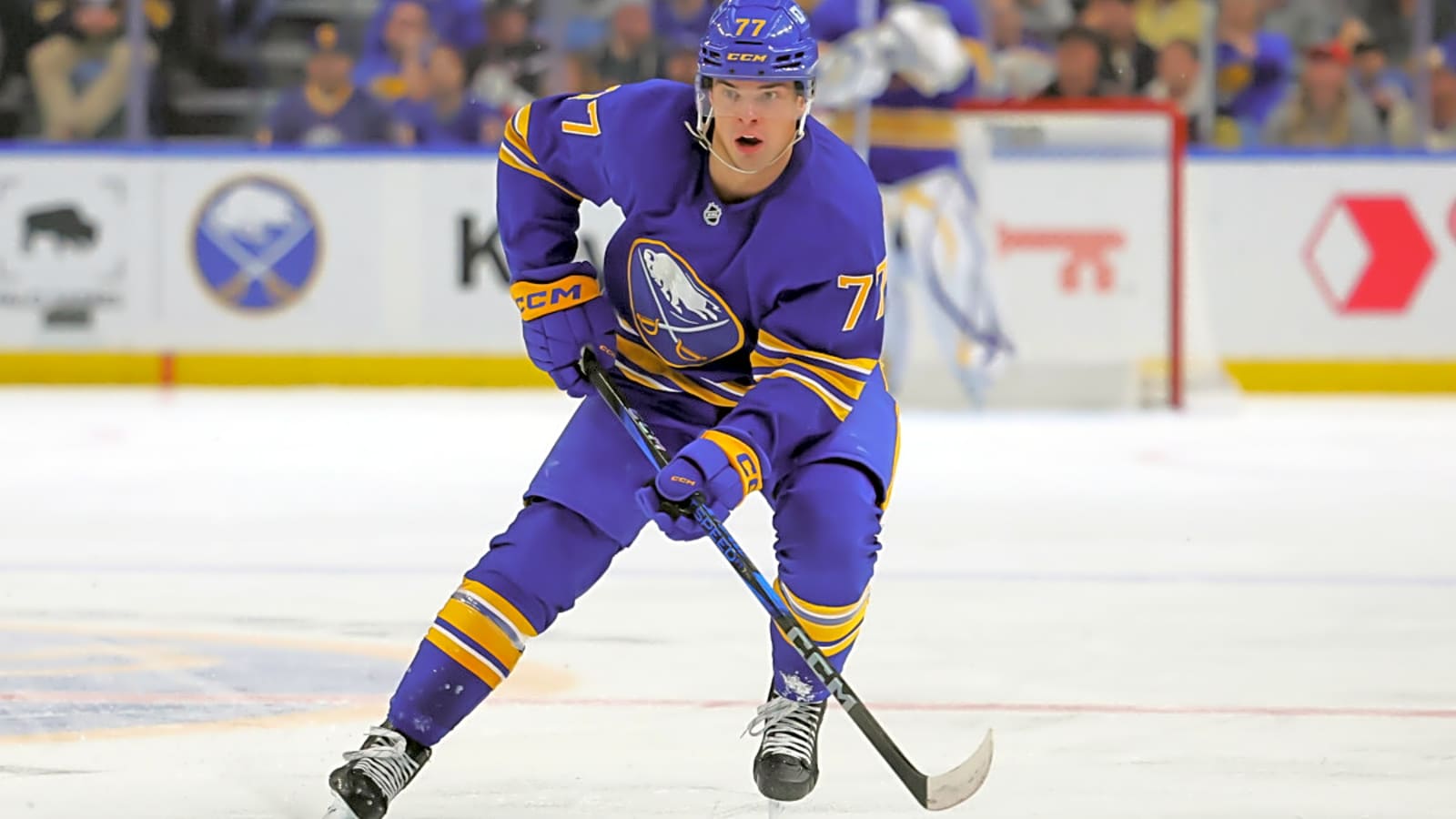
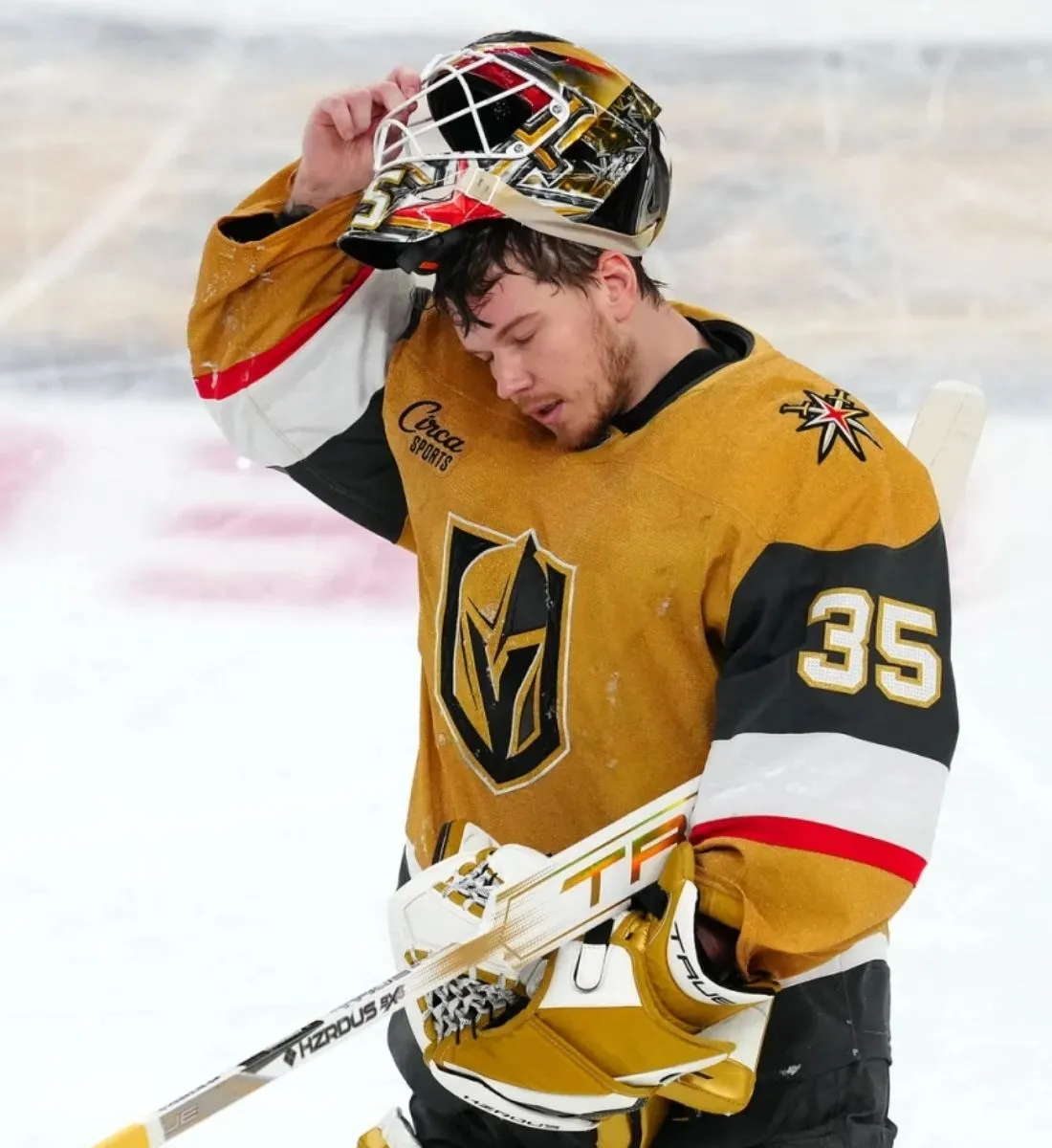
-1749955407-q80.webp)